As Colorado heads into peak wildfire season, state officials and fire chiefs are sounding the alarm over proposed federal budget cuts they say could severely weaken the state’s ability to prepare for and prevent catastrophic wildfires.
Under President Donald Trump’s 2026 discretionary budget proposal, billions of dollars would be slashed from agencies like the U.S. Forest Service, National Park System, Bureau of Land Management, and U.S. Fish and Wildlife Service. The Forest Service alone would lose nearly $1.4 billion, with major cuts aimed at state, private, and tribal forestry grants that fund local wildfire preparedness efforts across the country.
“There’s Not a Lot of Extra Help”
Fire Chief Brad White of Grand Fire Protection District No. 1 says recent staff reductions and hiring freezes within the U.S. Forest Service have already eroded their capacity to assist local crews. “There’s not a lot of extra help to be had this summer,” White said, noting that even non-fire personnel with incident qualifications—who typically support during large fires—have been let go.
Vail Fire Chief Mark Novak echoed those concerns, citing “a significant loss in the capability of the U.S. Forest Service” and anticipating delays in land management and wildfire mitigation projects. “We’re trying to overcome a 100-year problem,” Novak said. “This could be a watershed moment where we lose a lot of ground.”
State Forest Service Funding at Risk
Colorado State Forester Matt McCombs said the cuts would eliminate over a third of the Colorado State Forest Service’s annual budget, threatening more than 25 full-time jobs and programs that help communities create wildfire protection plans, assess fire risks, and educate residents.
“Literally any of the good things the State Forest Service does to make Colorado safer from wildfires is in some way funded by U.S. Forest Service grants,” McCombs said.
In 2023 alone, the state received $8.8 million in federal forestry funding, which supported:
-
1,750 landowners with technical assistance
-
100 volunteer fire departments
-
Fuels reduction on 800 acres in Western Colorado and the Front Range
-
Projects addressing insect outbreaks like the mountain pine beetle
Nonprofits on the Brink
Federal grant cuts would also jeopardize wildfire prevention work by nonprofits. Rebecca Samulski, director of Fire Adapted Colorado, said her “jaw hit the ground” when she saw the proposal to eliminate all state and private forestry funding.
“It’s not just pulling the rug out—it’s dropping the whole floor out from underneath everything we’ve built,” she said.
The FireWise USA program, which certifies communities that take steps to reduce wildfire risk, stands to lose about $250,000 annually—half its funding. This money supports neighborhood-level efforts like defensible space projects, community training, and public education. Over 240 communities in Colorado participate in the program, benefiting roughly 2 million people.
“Preserving this funding means preserving a culture of shared responsibility and resilience,” said FireWise director Michele Steinberg.
Preparedness Pays Off
Officials argue that cutting preparedness funding now will lead to far greater costs in the future. Chief Novak warned of the economic impact if a wildfire were to threaten Vail’s ski mountain or force extended closures of I-70.
White said recent federal funds helped create fuel breaks in Grand County to protect property. “It’s been proven over and over that it costs way more to respond to an emergency or disaster than it does to mitigate it,” he said.
Despite the proposed cuts, White added that taxpayers aren’t likely to see meaningful savings from the slashed funding. “It doesn’t sound like the average taxpayer is going to get much of a tax break that can then be reinvested in local or state budgets.”
A Risk Colorado Can’t Afford
Since the devastating Marshall Fire in 2020, Colorado has invested heavily in wildfire prevention. But without continued federal partnership, those efforts could stall—or worse, unravel.
“Nominal investments can save hundreds of millions in property damage,” McCombs said. “To pull the plug and walk away makes Colorado less safe. That makes our forests less resilient to wildfire.”
While open to discussions on improving efficiency, McCombs warned: “The states are wide open to doing things better—but eliminating funding altogether just doesn’t make sense. We know the alternative is megafire.”
This article has been carefully fact-checked by our editorial team to ensure accuracy and eliminate any misleading information. We are committed to maintaining the highest standards of integrity in our content.

Katie is a senior who has been on staff for three years. Her favorite type of stories to write is reviews and features. Katie’s favorite ice cream flavor is strawberry.

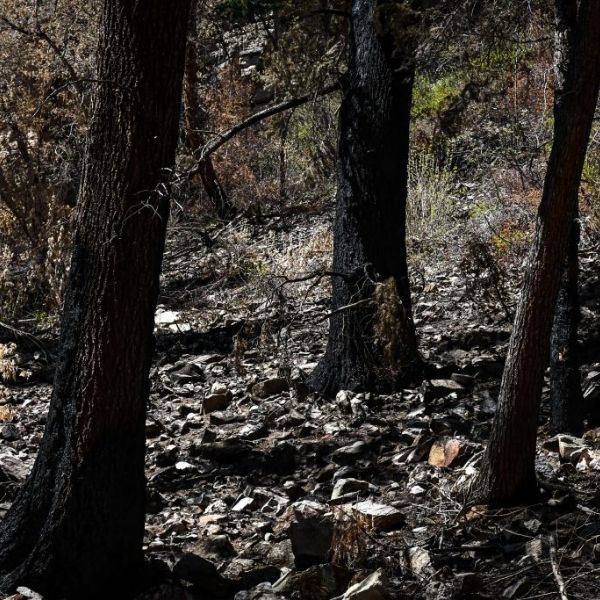
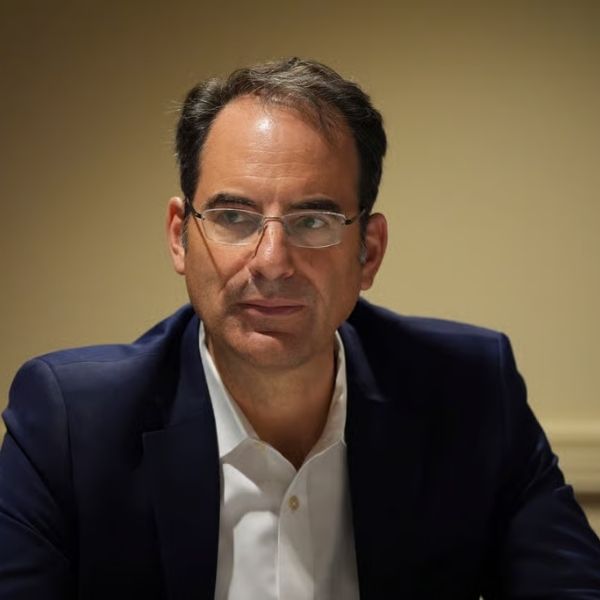
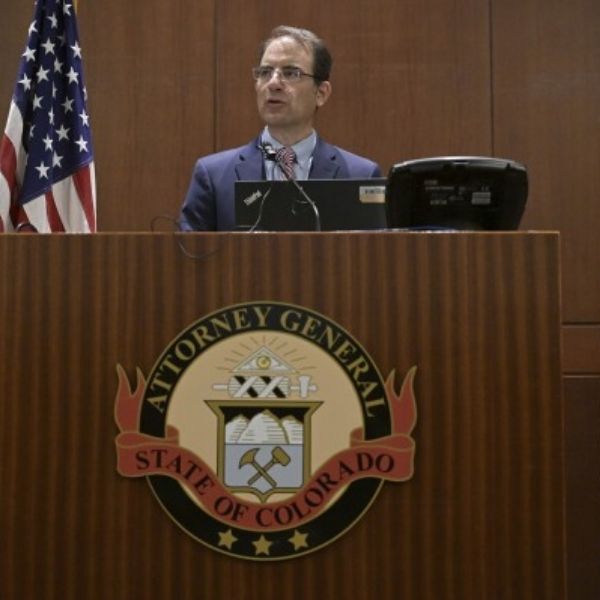


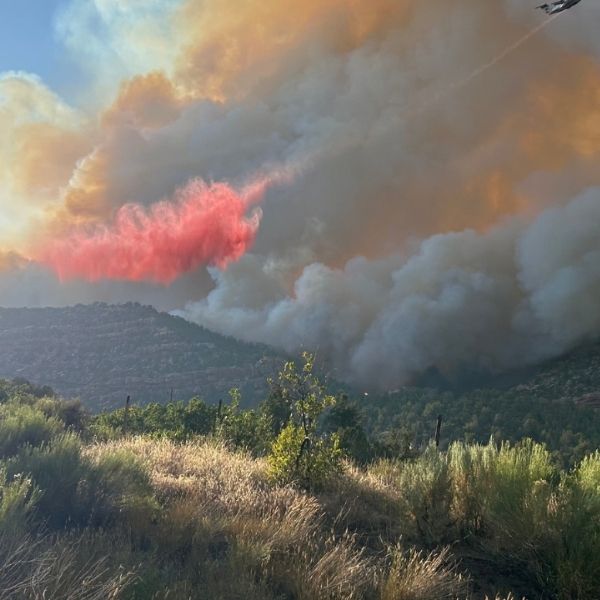
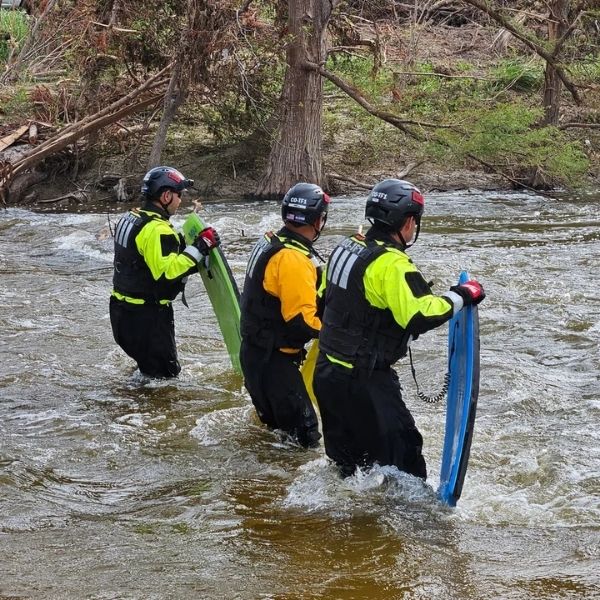
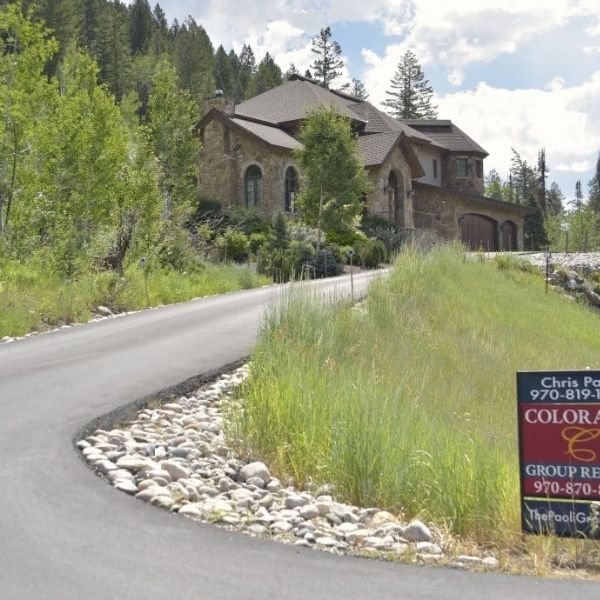

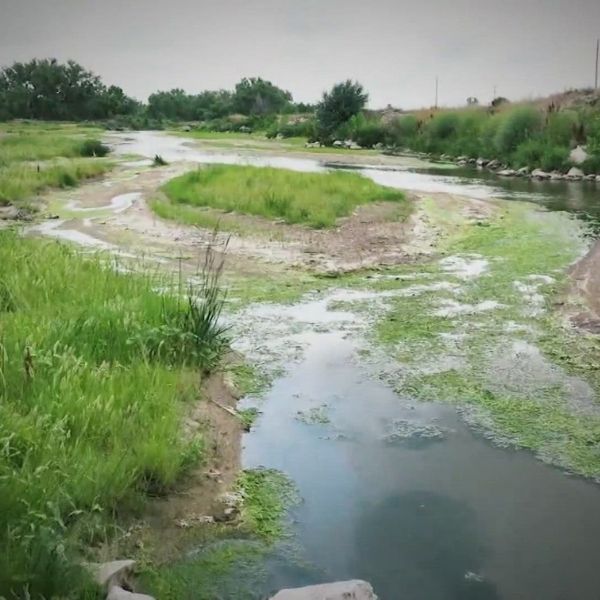
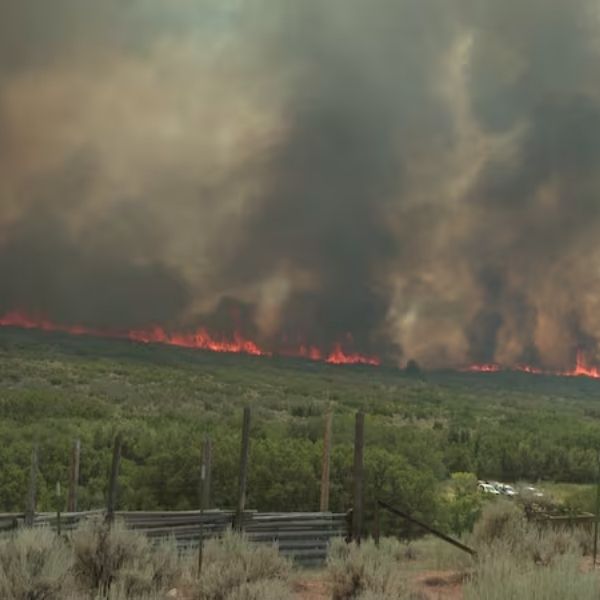



Leave a Reply